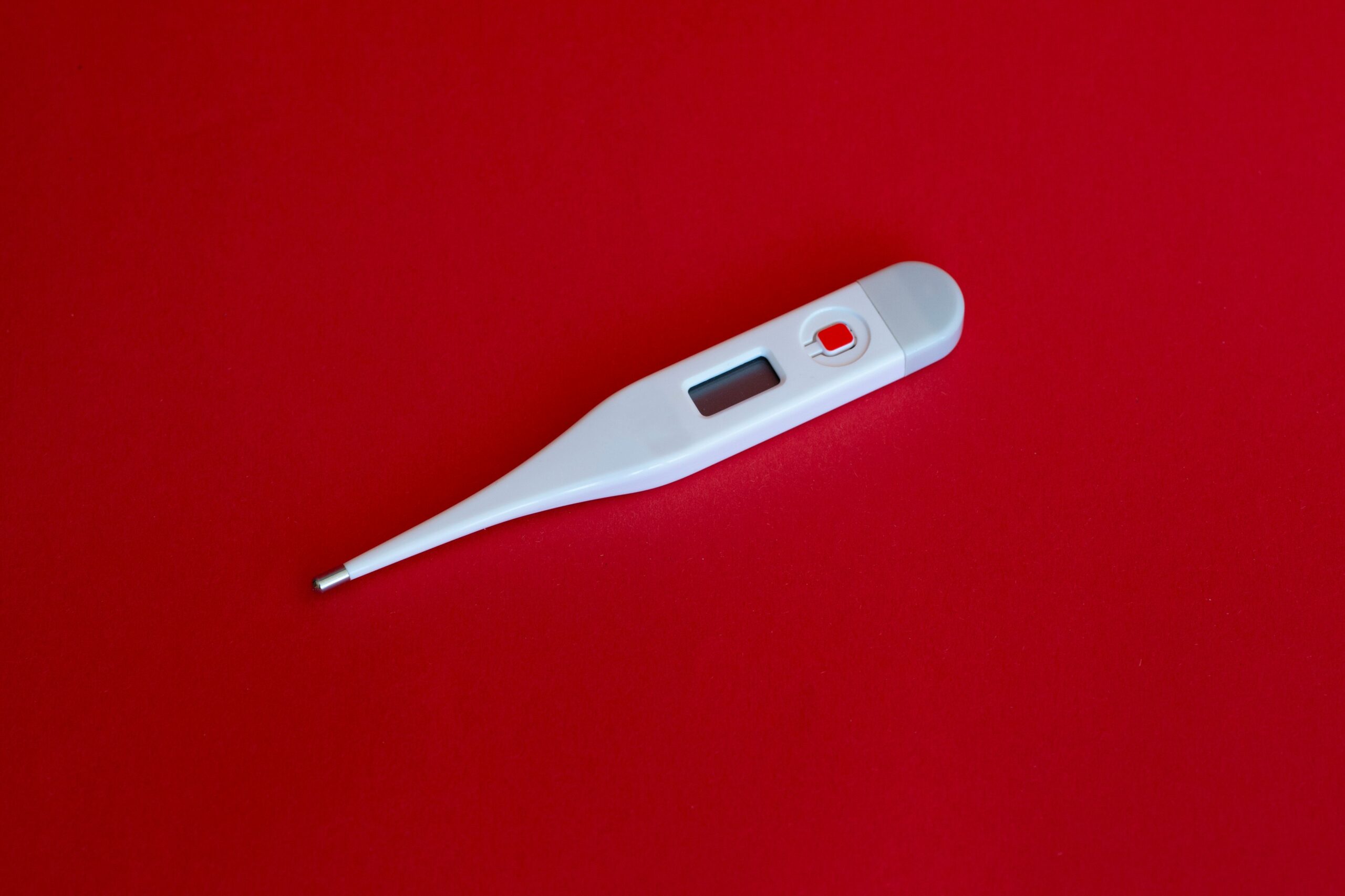Weight management is a common concern for many individuals, regardless of whether they have diabetes or not. While SGLT2 inhibitors are primarily used to manage blood sugar levels in patients with type 2 diabetes, there has been growing interest in their potential use for weight reduction in non-diabetic individuals. In this article, we will explore the current understanding of SGLT2 inhibitors and their potential benefits and risks for weight management in non-diabetic patients.
Understanding SGLT2 Inhibitors
SGLT2 inhibitors, or sodium-glucose co-transporter 2 inhibitors, are a class of medications commonly prescribed to individuals with type 2 diabetes. These medications work by blocking the reabsorption of glucose in the kidneys, resulting in increased glucose excretion through urine. By reducing the amount of glucose reabsorbed, SGLT2 inhibitors help lower blood sugar levels in people with diabetes.
The Potential Benefits for Non-Diabetic Individuals
While SGLT2 inhibitors were initially developed for diabetes management, recent studies have shown promising results regarding their potential use in non-diabetic patients for weight reduction. These medications have been found to promote weight loss by increasing the excretion of calories through glucose in the urine.
In one study published in the New England Journal of Medicine, researchers investigated the effects of an SGLT2 inhibitor in non-diabetic individuals with obesity. The study found that participants who took the medication experienced significant weight loss compared to those who received a placebo. Additionally, the SGLT2 inhibitor was well-tolerated and did not result in any serious adverse effects.
Another study published in the journal Obesity demonstrated that SGLT2 inhibitors can lead to improvements in body composition, including reductions in body fat and waist circumference, in non-diabetic individuals. These findings suggest that SGLT2 inhibitors may have potential benefits beyond their primary use in diabetes management.
Potential Risks and Considerations
While the use of SGLT2 inhibitors for weight reduction in non-diabetic patients shows promise, it is important to consider the potential risks and limitations associated with these medications.
One potential risk is the increased risk of urinary tract infections (UTIs) and genital infections. SGLT2 inhibitors can increase the glucose content in urine, creating an environment that may promote bacterial growth. Patients should be advised to maintain good hygiene practices and promptly seek medical attention if they experience any symptoms of infection.
Dehydration is another concern when using SGLT2 inhibitors. These medications can increase urine production, which may lead to fluid loss. Patients should be instructed to drink an adequate amount of fluids and monitor their hydration status while taking SGLT2 inhibitors.
Furthermore, it is important to note that SGLT2 inhibitors are not approved for weight reduction in non-diabetic patients by regulatory authorities. The studies conducted so far have been relatively small and more research is needed to fully understand the long-term effects and safety profile of using SGLT2 inhibitors for weight management in non-diabetic individuals.
Conclusion
The use of SGLT2 inhibitors for weight reduction in non-diabetic patients is an area of ongoing research and exploration. While early studies have shown promising results, more research is needed to establish the long-term efficacy and safety of these medications for weight management in non-diabetic individuals. It is important for individuals considering the use of SGLT2 inhibitors for weight reduction to consult with their healthcare provider to assess the potential benefits and risks based on their individual circumstances.



